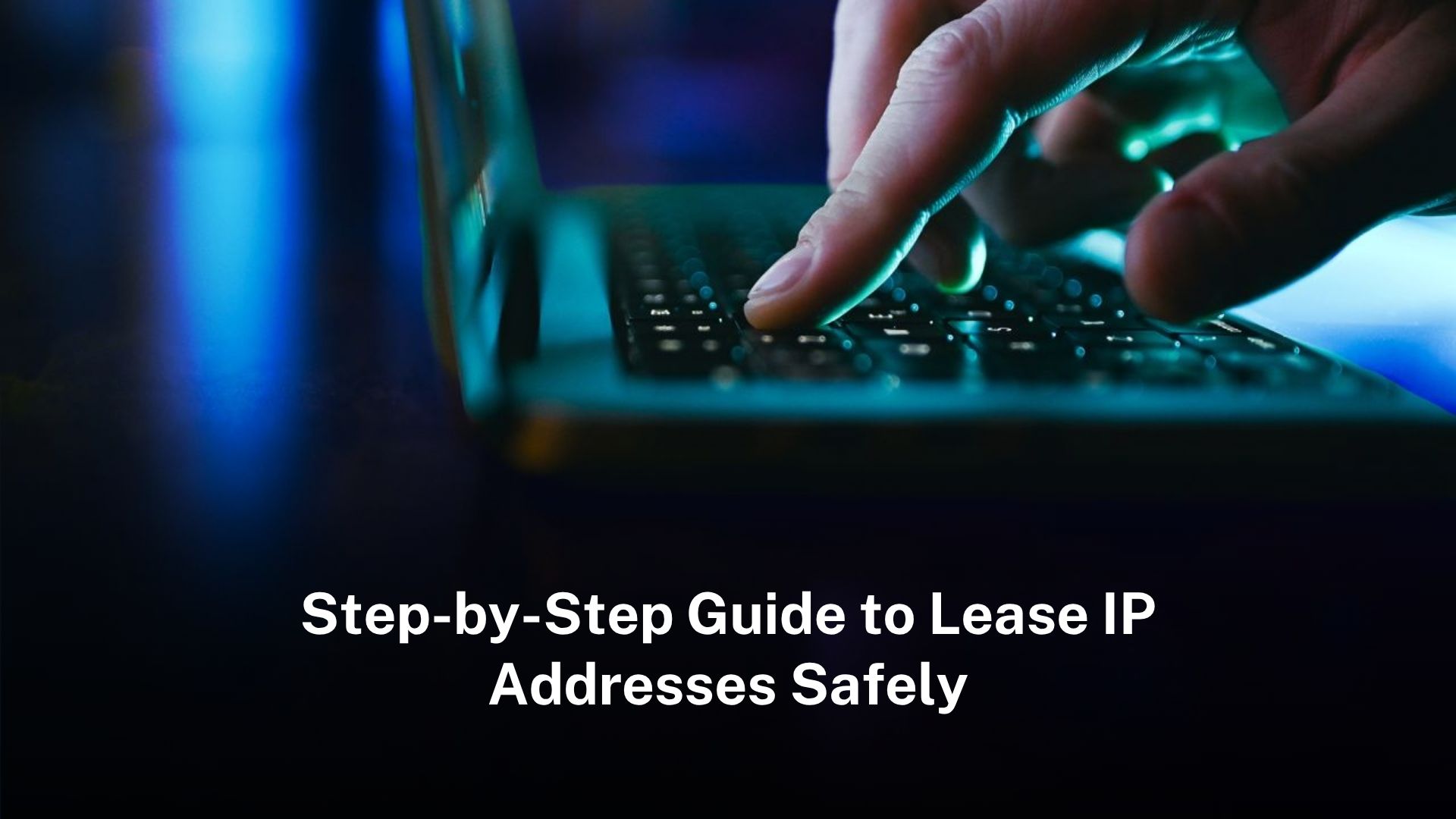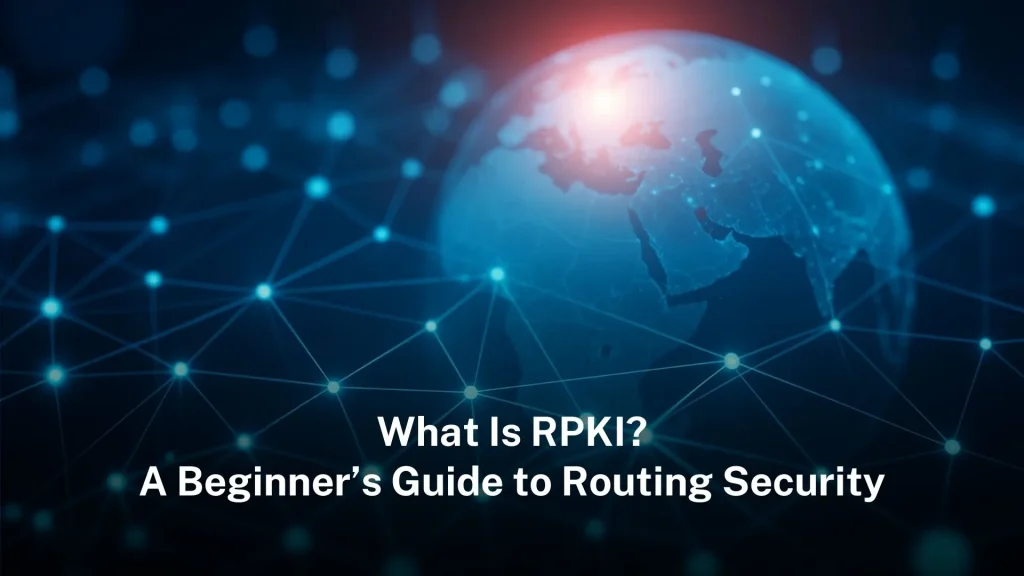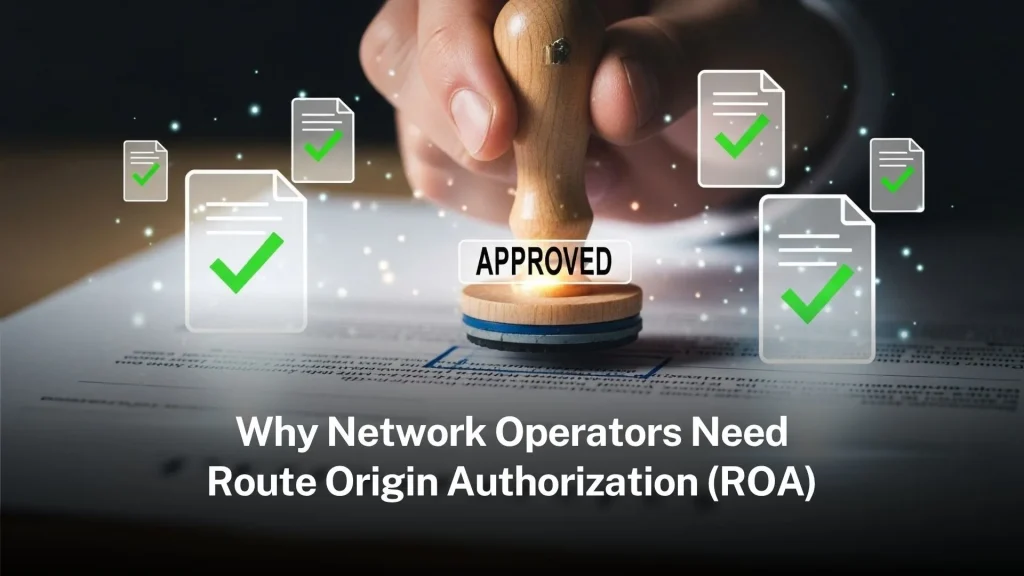Lease IP addresses securely—from assessing requirements and choosing reputable providers to clean reputation checks and compliance for smooth deployment.
Table of Contents hidePlan your block size and lease duration carefully, engage reputable brokers, and inspect agreement terms for clear policies.
Verify IP reputation, configure networks properly, monitor usage constantly, and ensure contractual clarity to avoid disputes.
Why safe IP leasing matters
IPv4 addresses are running low. Many groups choose to lease them. This gives them the IP space they need. They do not have to buy the addresses. They also do not have to make a long-term deal. But the leasing process can be risky. If it is not done right, problems can happen. These problems include security gaps. They also include stolen IPs or wrong use of the IPs. These things can hurt your network. They can also damage your name and break rules.
Quantify your IP needs precisely
Start by finding out how many IP addresses you need. A /24 block gives you 256 IPs. A /23 block gives you 512. The size you choose depends on how many users or systems you need to support. It also depends on what kind of services you want to use the IPs for. If you take too many IPs, you will spend more money than needed. You may also get checked by regulators. If you take too few, you may run out and your work could stop. You should talk to your IT team. You should also talk to your network and finance teams. They can help you understand what you need now. They can also help you plan for what you might need later. It is good to leave some extra space. This way, you do not need to change your plan or switch providers too soon.
Choose reputable providers for IPv4 leasing
IP leasing can be sourced from broker marketplaces, data centres, or Regional Internet Registries (RIRs):
Broker marketplaces offer flexibility but vary in quality. Ensure the provider verifies clean ownership through LOAs and has a compliance-focused reputation.
Data centres and cloud platforms often lease IPs with service-level agreements built in. These are typically cleaner and simpler to integrate.
RIR-based leasing (via ARIN, RIPE, APNIC) ensures compliance within global registry frameworks, though it may involve slower procurement processes.
Choose providers that document clean blocks, follow policies, and support RPKI and routing legitimacy.
Scrutinise lease contracts
Contracts should clearly specify:
Duration and renewal terms: Identify automatic renewal clauses and exit costs.
Permitted usage: Confirm whether you can use the IPs for email, hosting or NAT.
Blacklist handling: Define who manages route leaks or spam issues.
Termination conditions: Clarify what will happen if either party defaults.
Verify IP reputation and history
Leased IPs must be clean. Suggest to use DNSBL and RBL checks to ensure ip addresses are not flagged for spam or abuse. Good providers often perform audits and share historical logs. As highlighted in a Hyper ICT security report, risks include “IP hijacking” and “fraudulent leasing”, which can cause severe business disruption and reputational damage.
Configure and deploy with care
Once acquired, careful network setup is critical:
Set up your DHCP, routing and DNS infrastructure accordingly.
Consider DHCP lease time: longer leases support stability for static services, while shorter leases help dynamic environments. Best practice guides emphasise “setting optimal lease durations” to avoid conflicts and exhausted pools¹.
Ensure RPKI is in place to moderate hijacking risk.
Monitor IP usage and reputation continuously
Ongoing oversight is quite important.You should check if any of your IP addresses are on blacklists. You can do this often by using blacklist check tools. If an IP is listed, you should stop using it right away and ask the provider to fix the problem. If there is abuse, like spam or hacking, you must act fast.
A service agreement may say how fast problems must be fixed. If you respond quickly, people will trust your service more. You should also remove any IPs that are no longer needed. Keeping unused IPs active can cause problems. It can waste resources and may lead to confusion or security risks. Always keep your IP records clean and up to date.
Keep renewal and exit strategies in place
Start renewal conversations around three months ahead of expiry. This gives time to compare providers, negotiate terms, and review performance. Prepare an alternative IP plan in case the provider changes terms or fails to deliver on time.
If you choose not to renew, begin migrating services to another block immediately. Update DNS, routing and service configurations, and decommission the old block. Keeping a fallback plan reduces downtime and customer impact.
Budget for security and compliance
Factor audit fees, blacklist handling, and possible remediation costs into your IP leasing budget. Many disputes arise because these costs were overlooked. Ensure you have access to blacklist monitoring subscriptions and contract provisions that clarify dispute resolution steps.
Document everything
Maintain a leasing dossier for internal and external review:
Archive signed contracts and LOAs.
Record assignment logs and usage statistics.
Keep audit results and any remediation actions.
Document change orders and infrastructure updates.
This proves accountability, builds internal trust, and supports due diligence for auditors.
Leasing IP addresses safely is manageable with a structured approach—plan accurately, select trusted providers, vet agreements, maintain configuration and monitor reputation.
FAQ
1. What block size should I choose?
Start with a /24 for typical services. Scale to /23 or /22 if expecting growth. Quick renewals add flexibility.
2. How quickly can I get leased IPs?
Marketplace or provider delivery often takes 1–3 days. RIR-based leases may take weeks due to procedural checks.
3. Can IP blocks be blacklisted?
Yes. Use providers offering clean blocks with blacklist monitoring. Any flagged IPs should be promptly replaced or audited.
4. What’s the role of RPKI when leasing?
RPKI ensures routed announcements are authorised, reducing hijacking risk.
5.Why should you use tools to manage IP addresses?
The tools help you know which IPs are being used and where they are. You can find problems faster. You make fewer mistakes. It is easier to manage when you have many IPs.










Leave a Reply